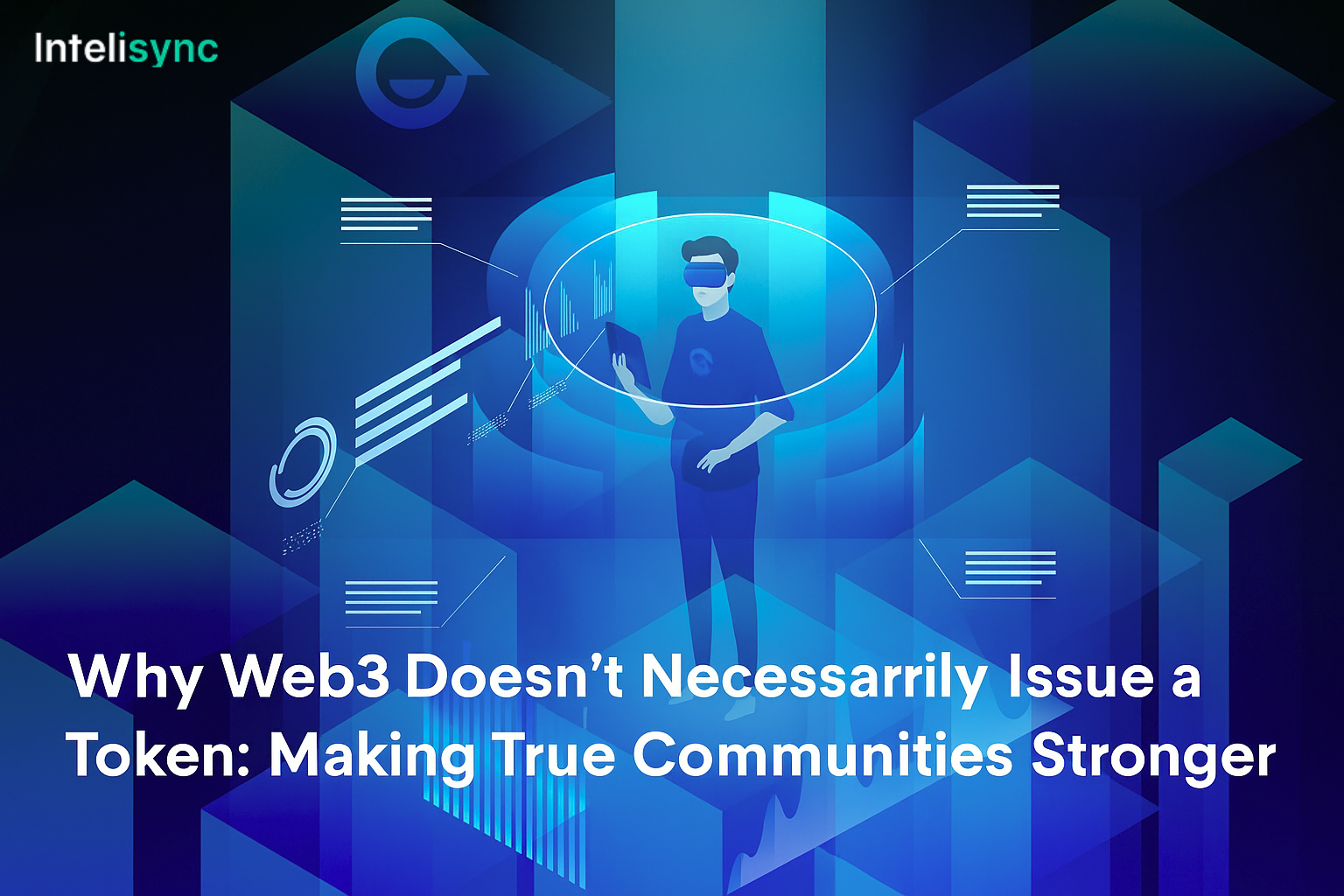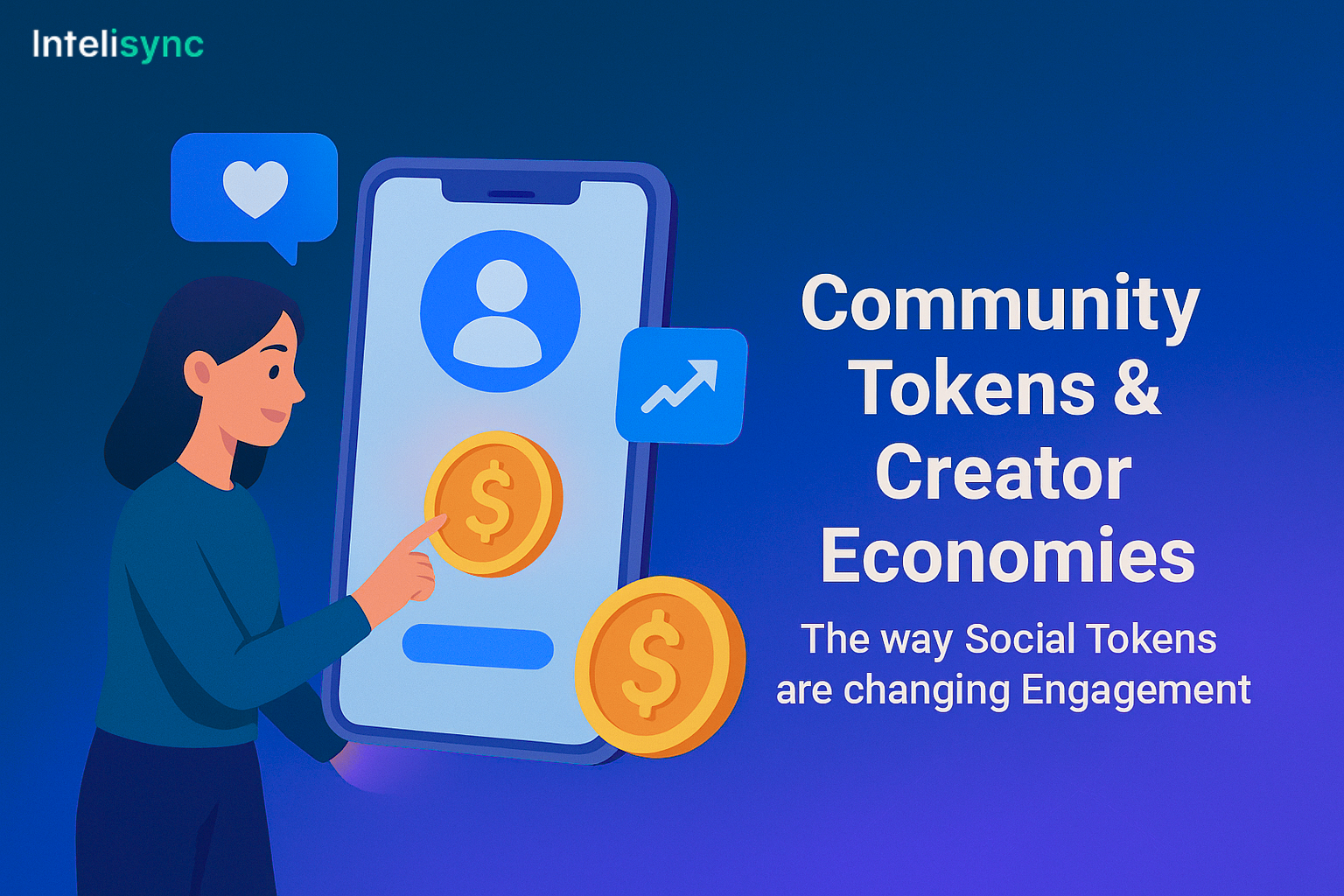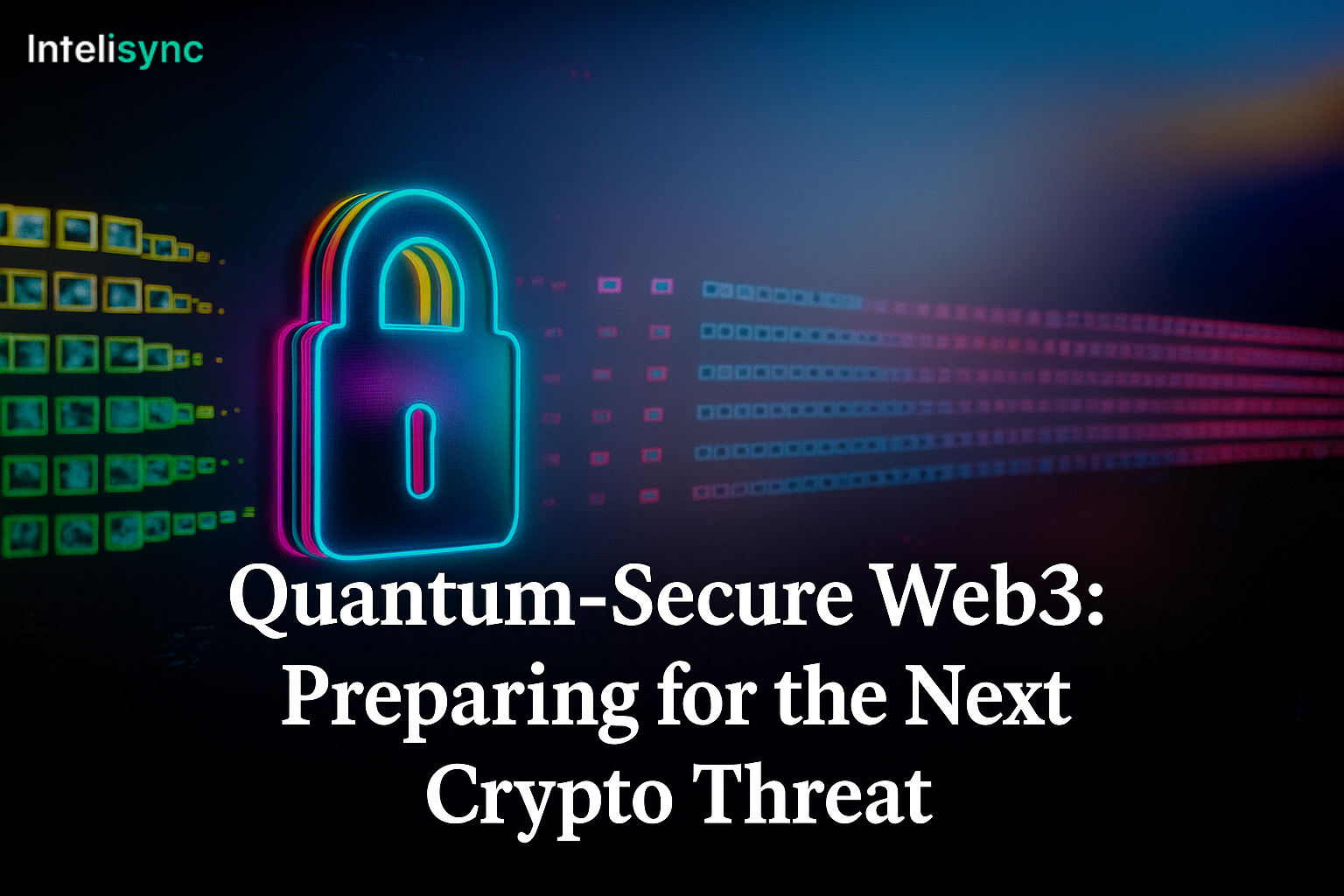Introduction: The AI and Web3 Confluence
Two of the most transformative technologies of the past decade, namely Generative AI and Web3 are being combined to give birth to a more intelligent digital ecosystem that is decentralized. If Web3 gives us the infrastructure of decentralization, ownership and transparency then Generative AI brings the ability to create, automate and personalize.
This combination isn’t just reorienting the way in which content is produced and consumed, but how digital identity, ownership and monetization operate. Heading into 2025, it looks like AI + Web3 will be the mainspring of the next internet age for business, creators and communities.
What is Generative AI?
Generative AI is a model that, given a certain input of data (in our case text), can create new content based off its understanding of the original training material. (Examples include GPT models, DALL·E and Stable Diffusion.
Key strengths of Generative AI:
- Automation: Generates content at scale.
- Customization: Provides personalized content for a user.
- Creativity: Encourages out of the box thoughts.
- Efficiency: Cuts down on time and money cost of creating content.
Coupled with a decentralized model that Web3 brings, Generative AI becomes more than just a tool – it reinvents itself as a trust-less, community-powered content engine.
What is Web3?
Web3 is the successor to the internet, based on blockchain. Web3 is not controlled by centralised platforms like Web2, meaning that:
- Trust-minimized by smart contract and token ownership.
- Digital identity administration using verifiable credentials.
- Tokenized incentives for community participation
- Trustless transactions without intermediaries.
Combined, Generative AI and Web3 provide an opportunity to create, distribute, and monetize content in a more equitable and transparent manner.
Why Web3 and Generative AI go together
Decentralized Content Creation
Rather than tech giants hoarding AI, Web3 accommodates AI to decentralized models owned and governed by communities.
Content Ownership and Provenance
Blockchain makes it possible to verify that content produced belongs to AI, putting an end to any concerns about plagiarism and deepfakes.
Tokenized Incentives
Programmable smart contracts also enable creators to be rewarded in tokens every time their AI-generated assets are used.
Interoperability Across the Metaverse
Generative AI can also design avatars, NFTs and digital spaces that fluidly traverse a variety of different Web3 environments.
Generative AI + Web3 Use Cases
NFTs and Digital Art
The generative AI can generate unique NFTs on-chain that are provably rare. AI can work together with artists and use blockchain to secure ownership.
Content DAOs
DAOs could utilize AI to create posts, articles and videos for social growth.
Metaverse Experiences
The AI builds the immersive metaverse environment while Web3 provides user-centric ownership of digital realms.
Gaming
Generative AI is able to generate unlimited game worlds, characters and stories paired with blockchain securely storing NFTs (in-game assets).
Marketing & Growth Hacking
AI makes campaign building automated and Web3 rewards communities with tokens for its participation.
Advantages of Generative AI + Web3
- Efficiency: Faster content pipelines.
- Transparency: Blockchain ensures authenticity.
- Incentives: Tokenized models reward contributors.
- Scalability: Distribution of AI ContentAs a basis for distribution, content-generating AI can be distributed at a mass level.
- Imagination: AI unlocks new opportunities for independent creators.
Intelisync: Powering the Innovation of AI + Web3
Intelisync, a Web3 services organization focused on development and marketing, is leading the charge in AI + blockchain next-generation application integration. Their expertise covers:
- Decentralized applications that are AI-driven content engines for dApps.
- Generative AI and the future of Generative Art on NFT marketplaces.
- Decentralized Identity and Provenance for AI Content.
- DAO setups by the community with AI governance.
- AI & Automation powered Growth Marketing for Web3.
Intelisync bridges AI and Web3, allowing businesses and creators to take advantage of smarter, more decentralized content ecosystems.
Challenges Ahead
Opportunities are huge, but AI + Web3 66.्The convergence of AI with Web3 is not going to be frictionless:
- Ethical concerns around AI content
- Lack of clarity in the regulation of intellectual property.
- Fairness versus bias in AI models.
- Scalability of decentralized AI networks.
Addressing these concerns will b neat and become increasingly important for mass adoption.
The Next Generation of Generative AI + Web3
Looking ahead, we can expect:
- Decentralized AI Marketplace – where communities can stake, share, own and govern AI models into existence.
- AI-Driven NFTs with Dynamic Characteristics – NFTS that change over time using AI algorithms.
- Bespoke Metaverse Experiences –5 the use of AI to curate digital worlds based on n02 variables unique to each user.
- Smart Content Monetization Contracts – the algorithms that remove unfairness from monetization.
- Integration with DePIN (Decentralized Physical Infrastructure Networks) – for decentralized compute powered AI training.
This trend indicates that in 2025 and beyond AI + Web3 will function a tandem force unlike the welfare digital economy example.
In Conclusion: The Trend is Toward Premium Decentralized Content
Generative AI and Web3 aren’t opposing forces — they are two pieces of the puzzle that will define the future of content creation, ownership, and monetization
Just like where AI enables intelligence and creativity, Web3 brings decentralization and trust. Between them, they unleash a new age of open, scalable user-owned content systems.
The internet has a smarter, not to mention more distributed future, and innovators like Intelisync are the ones driving this evolution.
The AI-driven, Web3-integrated content age has already begun — and it’s altering the way we create, share, and value digital assets.






